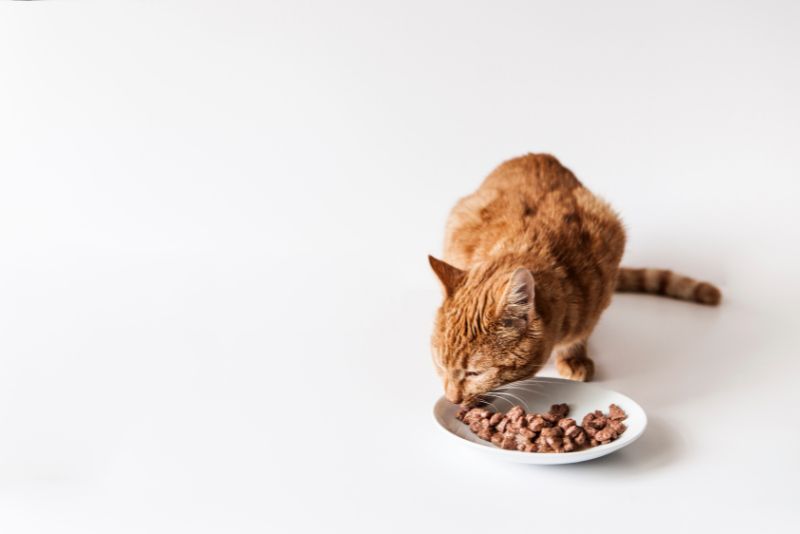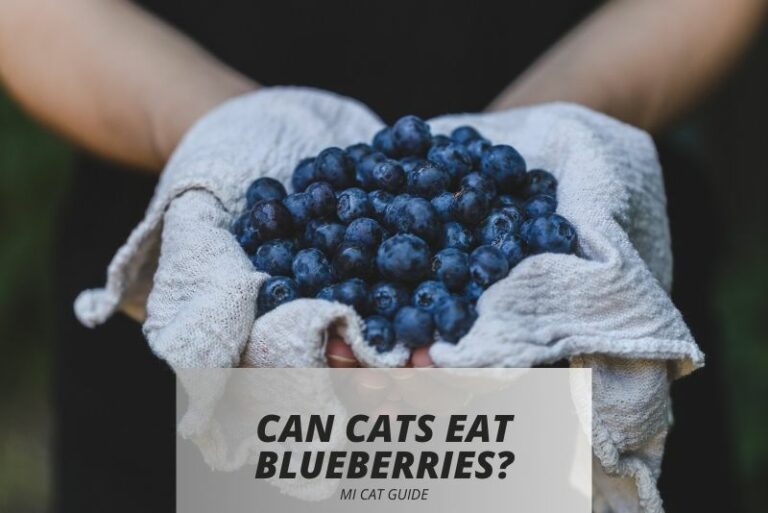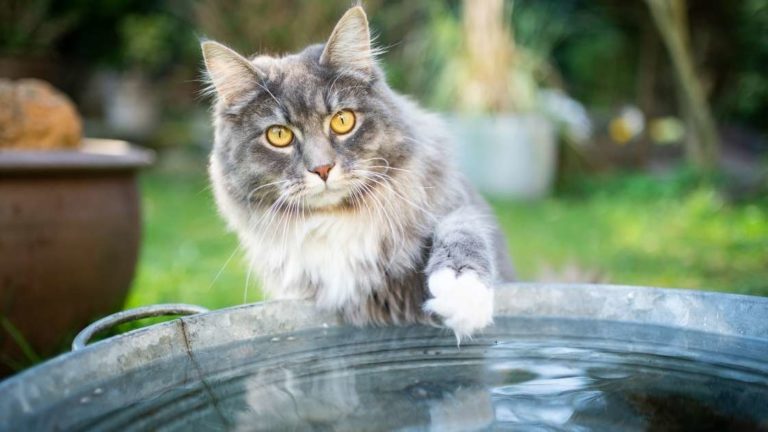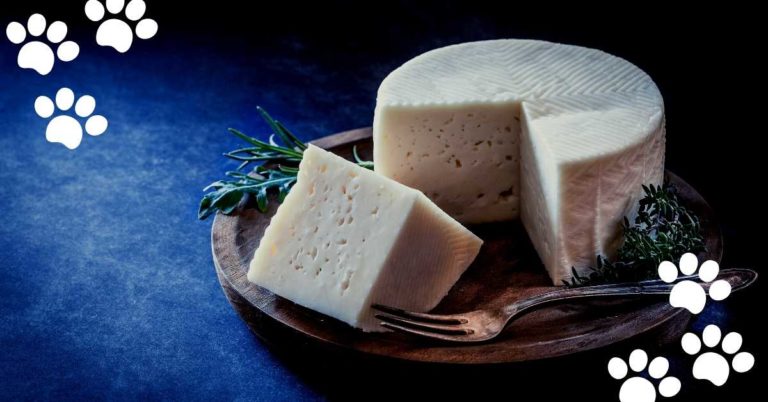Introducing New Foods to Your Cat’s Diet: A Guide for Cat Owners
The companionship of a cat is a treasure, and as a responsible owner, ensuring their health and happiness is of paramount importance. This care starts with their diet — a pivotal element in their well-being. But what about variety? Cats are renowned for their discerning palates, so how do we introduce new foods without upsetting their delicate digestive systems?
This comprehensive guide is designed to help cat owners understand the intricacies of bringing diversity to their feline friend’s diet. Whether you’re looking to spice up mealtimes or address specialized health needs, we’ve got you covered.
Understanding Cat Nutrition

Before we dive into introducing new foods, it’s essential to appreciate the significance of balanced nutrition for our cats. Their dietary requirements are unique and are influenced by various factors including age, weight, health status, and breed. The foundation of their diet typically comprises high-quality commercial cat food that meets the standards set by veterinary authorities.
When considering new foods, vigilance is key. Any changes must align with their needs, ensuring they receive vital nutrients such as proteins, vitamins, minerals, and essential fatty acids in the right quantities.
Factors to Consider When Introducing New Foods
Here are the key factors to bear in mind:
- Age of Your Cat: Kittens, adults, and senior cats have different nutritional requirements.
- Health Condition: Cats with health issues might require specialized diets.
- Allergies and Sensitivities: An understanding of potential allergies or food sensitivities can guide your new food selections.
- Palatability: Cats may be resistant to new flavors, so you’ll want to cater to their tastes.
- Digestibility: Ensure the new food is easy on their stomachs.
Introducing New Cat Foods
Transitioning to a new cat food should be a gradual process, typically over the course of 7-10 days or longer if necessary. Sudden changes in diet can lead to digestive upset, manifesting as vomiting, diarrhea, or refusal to eat. Start by mixing a small amount of the new food with the current food — a 75% to 25% ratio is a good beginning. Monitor your cat closely for any adverse reactions, which may indicate that the new food does not agree with them.
Gradual Transition Techniques
Transitioning your cat to a new food can be done in several ways:
- The Slow Switch: Over 7 days, gradually increase the proportion of new food while decreasing the old food.
- The Synchronized Switch: If your cat readily accepts the new food, this can be done in a single feeding.
- The Rushed Switch: This is not normally recommended, but in certain situations, it may be necessary to switch immediately due to the unavailability of the old food.
Monitoring and Adjusting
Throughout the transition process, observe your cat for signs of distress and adjust the pace as needed. Patience is key, and a successful transition can sometimes take weeks or even months, especially with older cats set in their ways.
Common Mistakes to Avoid
Here are pitfalls you should be aware of:
- Abrupt Changes: These can lead to serious health issues.
- Ignoring Signs of Distress: Be on the lookout for changes in litter box activity or appetite.
- Lack of Patience: Rushing the process can lead to feeding issues in the long run.
Variety in Cat Diet
Variety is the spice of life, even for our feline friends. Including a range of foods can reduce the risk of deficiencies and encourage better eating habits. However, it’s important to maintain balance. Too much variety can lead to erratic eating behavior and nutrient imbalances. A successful approach is to offer variety through a rotation of similar, balanced products over time.
Types of Foods to Introduce for a Balanced Diet
Consider these alternatives to keep your cat’s diet interesting and nutritious:
- Wet Cat Food: High in moisture and can support urinary tract health.
- Dry Cat Food: Helps maintain dental health and can be more convenient.
- Home-Cooked Meals: When properly prepared, can offer highly nutritious meals.
- Treats: These can be a small part of the diet and are excellent for training.
Conclusion
Caring for our beloved cats is a responsibility we cherish. Nutrition is the pillar of their vitality, and introducing new foods to their diet can be a rewarding adventure. Patience, monitoring, and a commitment to their well-being are at the heart of this process. By understanding the nuances of cat nutrition and carefully approaching changes in their diet, you not only mitigate potential risks but also enhance their quality of life.
Remember, each cat is an individual, and what works for one may not work for another. Learning from each transition and experiencing your cat’s unique reactions will guide you to make the best decisions for their diet. Invest time in selecting foods thoughtfully, learn their preferences, and enjoy the change that a varied diet can bring. Your cat may not thank you in words, but their health and contented purrs will speak volumes.




